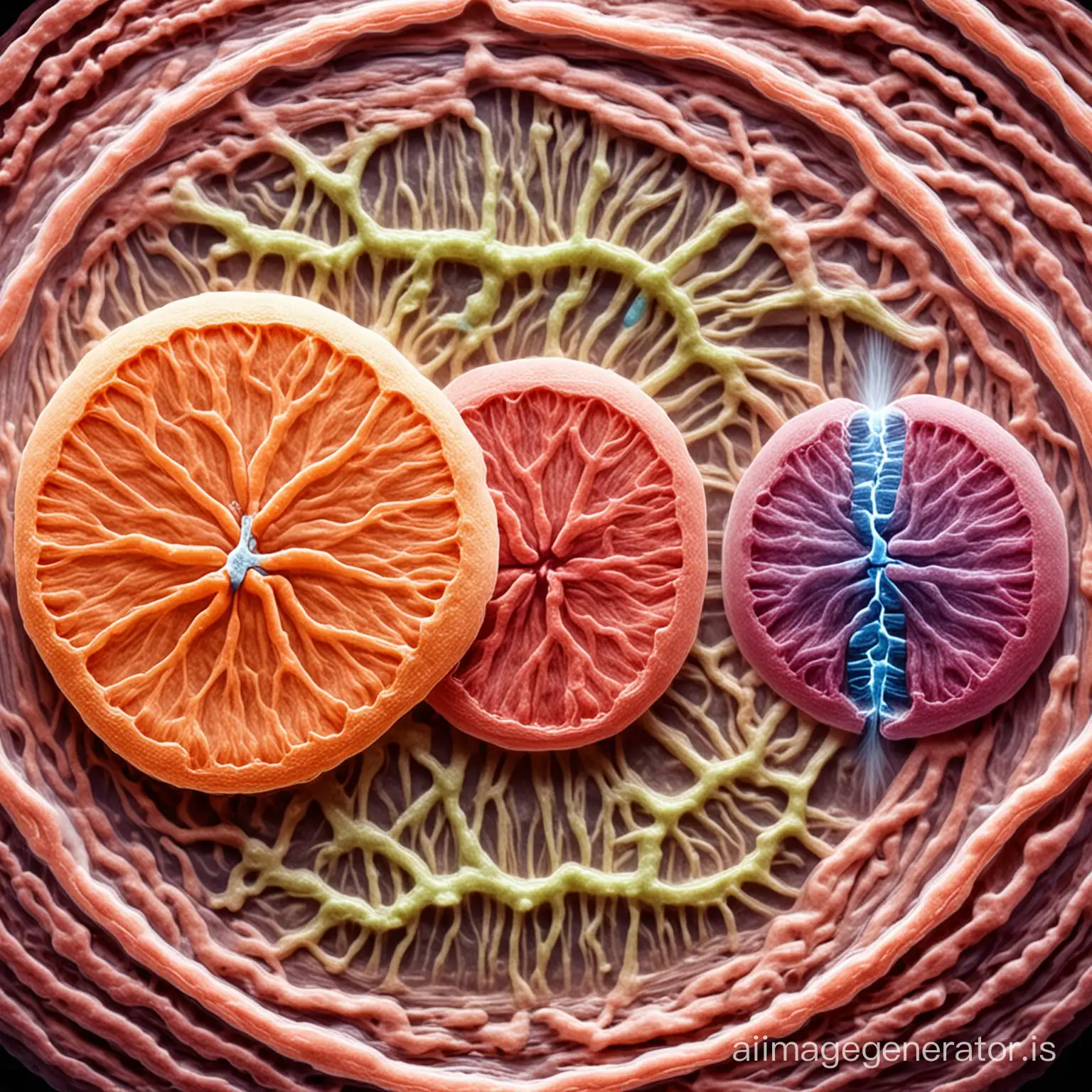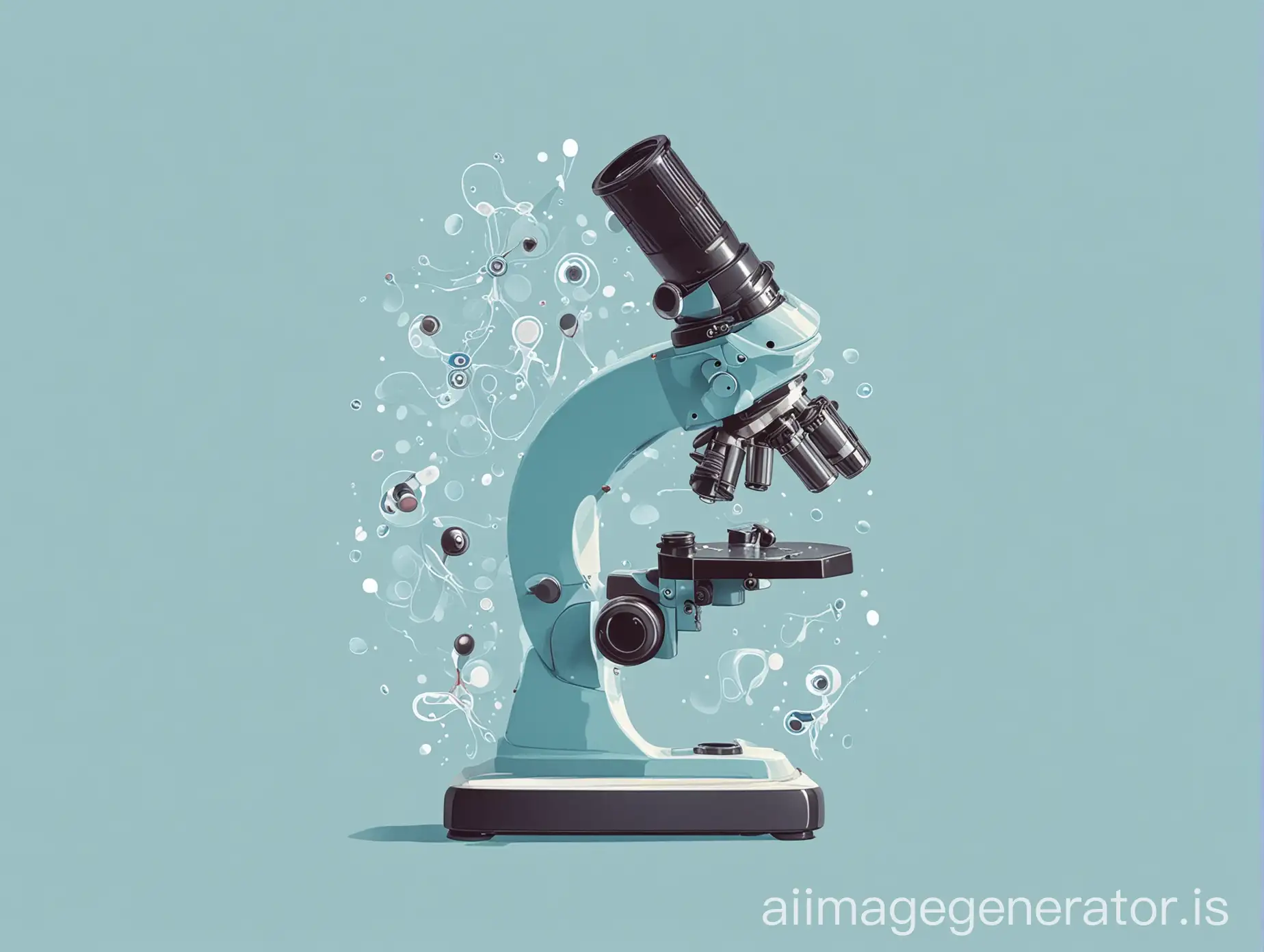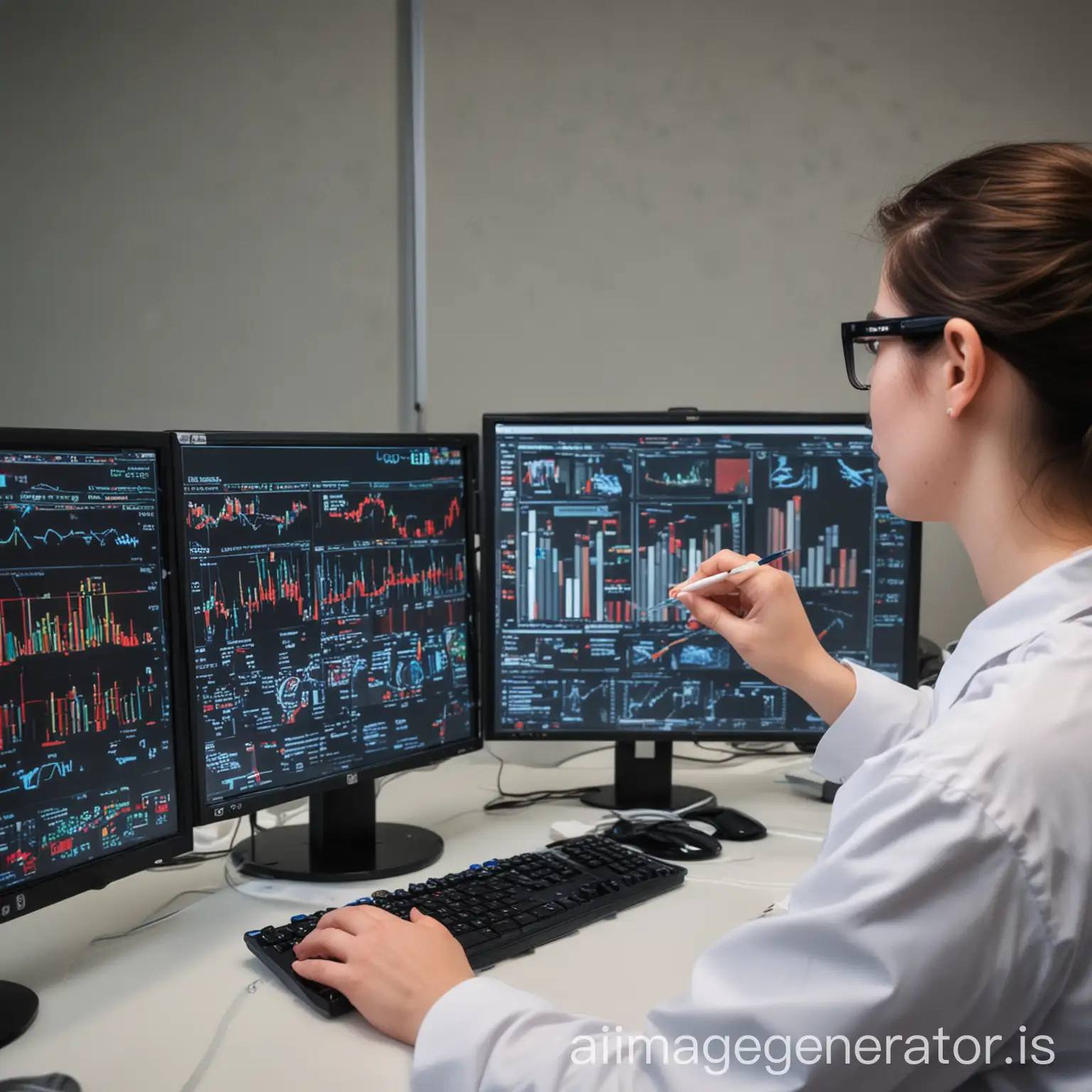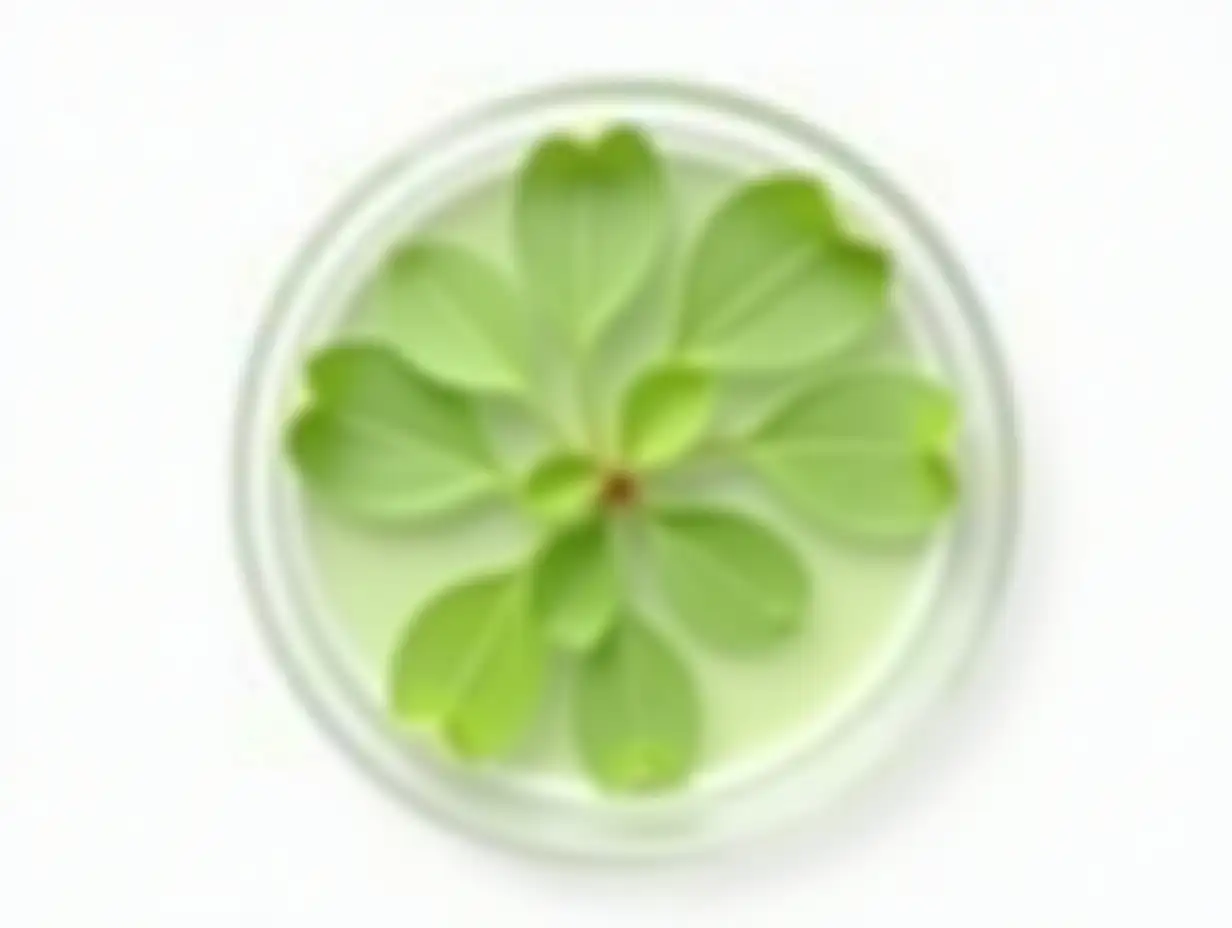Free Life Sciences Image Generator
Just imagine, and we'll instantly return a variety of personalized Life Sciences images—designed to bring your creativity to life!
- 4:3
- 3:4
- 1:1

image.state.default




Life Sciences encompass a wide range of fields that study living organisms and their interactions with each other and their environments. This multidisciplinary area includes biology, botany, zoology, microbiology, and ecology. The primary goal of Life Sciences is to understand the mechanisms of life, from the molecular level to entire ecosystems. Historically, Life Sciences have evolved from ancient natural history studies to sophisticated genetic engineering and biotechnology, making significant strides in improving health, agriculture, and environmental conservation.
Understanding Life Sciences: Definition and Background
Life Sciences imagery often features detailed representations of biological processes, anatomical diagrams, and ecological systems. These images are crucial for education, research, and communication in scientific communities. Applications of such imagery include medical illustrations for textbooks, 3D models for virtual dissections, and infographics that explain complex biological concepts. High-resolution images aid in precise analysis and visualization, enhancing our understanding of life processes and aiding in the development of new technologies and therapies.
Key Characteristics and Applications of Life Sciences Imagery
Several artists and scientists have made significant contributions to Life Sciences visualization. Ernst Haeckel, a 19th-century biologist and artist, is renowned for his detailed and artistic illustrations of organisms in 'Kunstformen der Natur.' More contemporary figures like David Goodsell, known for his watercolor paintings of cellular structures, and Janice L. Carr, whose photomicrography captures the microscopic world, continue to bridge the gap between art and science. These works not only serve educational purposes but also inspire awe and curiosity about the natural world.
Notable Works and Artists in Life Sciences Visualization
The future of Life Sciences imagery is being shaped by advancements in AI and machine learning. AI-generated images are becoming increasingly realistic and detailed, providing new tools for scientists and educators. These technologies enable the creation of dynamic models and simulations, offering interactive and immersive experiences. Additionally, AI can assist in analyzing vast amounts of biological data, identifying patterns, and generating new hypotheses. As AI continues to evolve, it promises to revolutionize how we visualize and understand the complexities of life.
Future Trends in Life Sciences Imagery and AI Integration